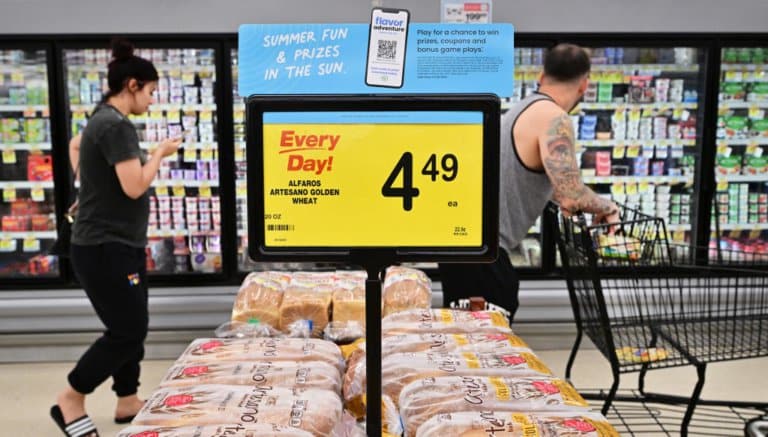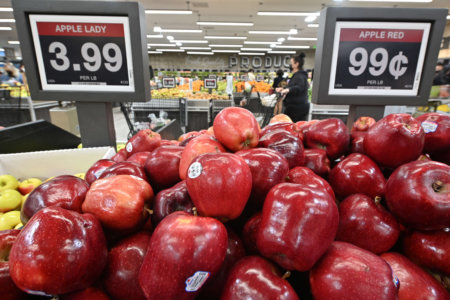
It’s a familiar routine: you walk down the aisle of your favourite supermarket to stock up on your weekly necessities. Only this time, your cart looks emptier. That’s the reality of living under inflation in the US — your grocery bills won’t look the same as they used to.
Rising living costs are a sore topic among university students worldwide, with stories of student homelessness becoming more ubiquitous in the headlines. In the US, the Bureau of Labour Statistics reports that food costs have risen by 11.4% in August 2022 compared to the same month just a year ago.
For cash-strapped students, incremental changes to the costs of pantry staples such as cooking oil, eggs, and fresh produce have driven many toward food insecurity. Based on figures published by the Education Data Initiative in 2021, a college student in the US spends about US$547 on food each month, while monthly grocery bills range anywhere from US$187 to US$317 monthly.
Food insecurity has become more common among university students, so much so that it has been called an “invisible epidemic” even before the onset of COVID-19. This is doubly challenging for international students from the Global South due to the dollar’s strong performance devaluing currencies worldwide, resulting in large disparities in exchange rates.
You might be powerless to fix the economy, but you can certainly be more aware and mindful of price fluctuations that affect your everyday spending. To give you a clearer picture of how a single receipt can cause a huge change, here’s our quick cost breakdown of your pantry staples:

Knowing what you can afford and staying within budget is key to surviving an uncertain economy. Source: Patrick T. Fallon/AFP
Inflation in the US: What can students afford to eat?
Sharpest hike: Meat and poultry
Bad news if you’re a meat lover – you might need to find alternative sources for your protein fix. The BLS records an average of 17.4% increase in the prices of meat and poultry across the country. In fact, more shoppers are now substituting beef and pork with chicken and processed meat to cut back on spending amid inflation in the US.
As a university student on a budget, try adjusting your purchases while still meeting dietary requirements. If that means temporarily surviving on chicken tenders instead of beef stews – go for it, as long as you’re adequately fed.
Fewer eggs in your basket
Switching meat for more eggs might be more cost-effective, but not by much. A dozen of eggs now cost almost US$3 nearly double compared to last year. A three-dollar purchase sounds cheap, but how long can they last before you have to keep replenishing your stock in a week?

If you find yourself checking the price of every single item on the shelf, you’re definitely not alone. Source: Frederic J. Brown/AFP
Cereal and milk? Not the best combination
A good bowl of cornflakes is a quick and easy breakfast fix that can fuel your mornings but could drain your finances just as quickly. The cost of dairy products, cereal, and baked goods is up by slightly over 16% in August 2022 compared to last year. So think twice before grabbing your favourite grains and putting them on the checkout counter. A simple pasta-based breakfast could give you the same early energy boost without denting your budget.
If everything is expensive, what can I eat?
Cutting costs doesn’t mean completely curbing your favourite treats. You just have to be a bit more judicious before making a purchase, and determine when you can actually cut yourself some slack in spending. Whether that translates into more effort in meal planning or frequent trips to the campus food bank, weathering inflation in the US starts with being aware of your actual needs instead of wants to make smart financial decisions.










